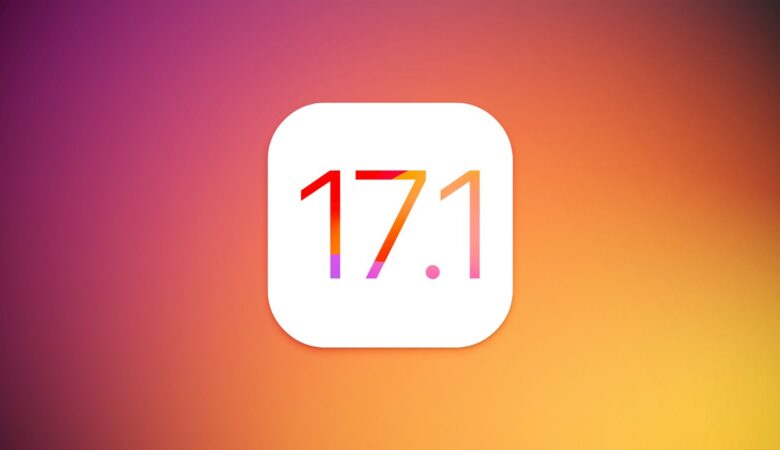In a move that will significantly impact the newsletter industry, Gmail, one of the world’s most widely used email service providers, has rolled out a series of changes to its deliverability standards. Effective from February 1, 2024, the new criteria aim to enhance user security and reduce spam, but newsletter operators, especially those targeting Gmail addresses, need to pay heed, or risk being blocked.
Key Changes Announced:
- Email Authentication: All senders must authenticate their emails using either SPF (Sender Policy Framework) or DKIM (DomainKeys Identified Mail). These protocols ensure the emails are from verified sources and not forged, which often is the case with phishing attacks.
- One-click Unsubscribe: In an age where user convenience and privacy are paramount, Gmail will now require senders to embed a one-click unsubscribe option. This move is expected to prompt more Email Service Providers (ESPs) to include this feature in the coming months.
- Managing Spam Complaints: A sender’s reputation is crucial. Gmail has decreed that senders who maintain a spam complaint rate of 0.3% or higher for any extended period might find themselves blocked.
- DMARC for High Volume Senders: For those sending emails to over 5,000 Gmail addresses daily, DMARC (Domain-based Message Authentication, Reporting, and Conformance) becomes a mandate. This protocol, often overlooked by many independent writers, newsrooms, and non-profits, adds an extra layer of authentication, making it harder for cybercriminals to spoof emails.
Understanding DMARC
With the imposition of DMARC becoming essential, there’s an immediate demand for clarity around its workings. Yanna-Torry Aspraki, a leading expert in email authentication, has curated an expansive guide detailing DMARC’s nuances – its definition, Gmail’s specific requirements, and tools to streamline its implementation.
Given the impending deadline and the potential ramifications, newsletter senders are urged to acquaint themselves with these changes without delay.
A Call to Action for the Community
As the deadline approaches, there’s growing apprehension that several newsletters, oblivious to these modifications, will face a drastic dip in open rates come February. The community is, therefore, rallied to spread the word. If you know someone in the newsletter realm, it’s time to ensure they’re in the loop. Your proactive step might be the game-changer for many content creators.
Stay updated. Stay compliant. Keep your newsletters in the spotlight where they belong.





